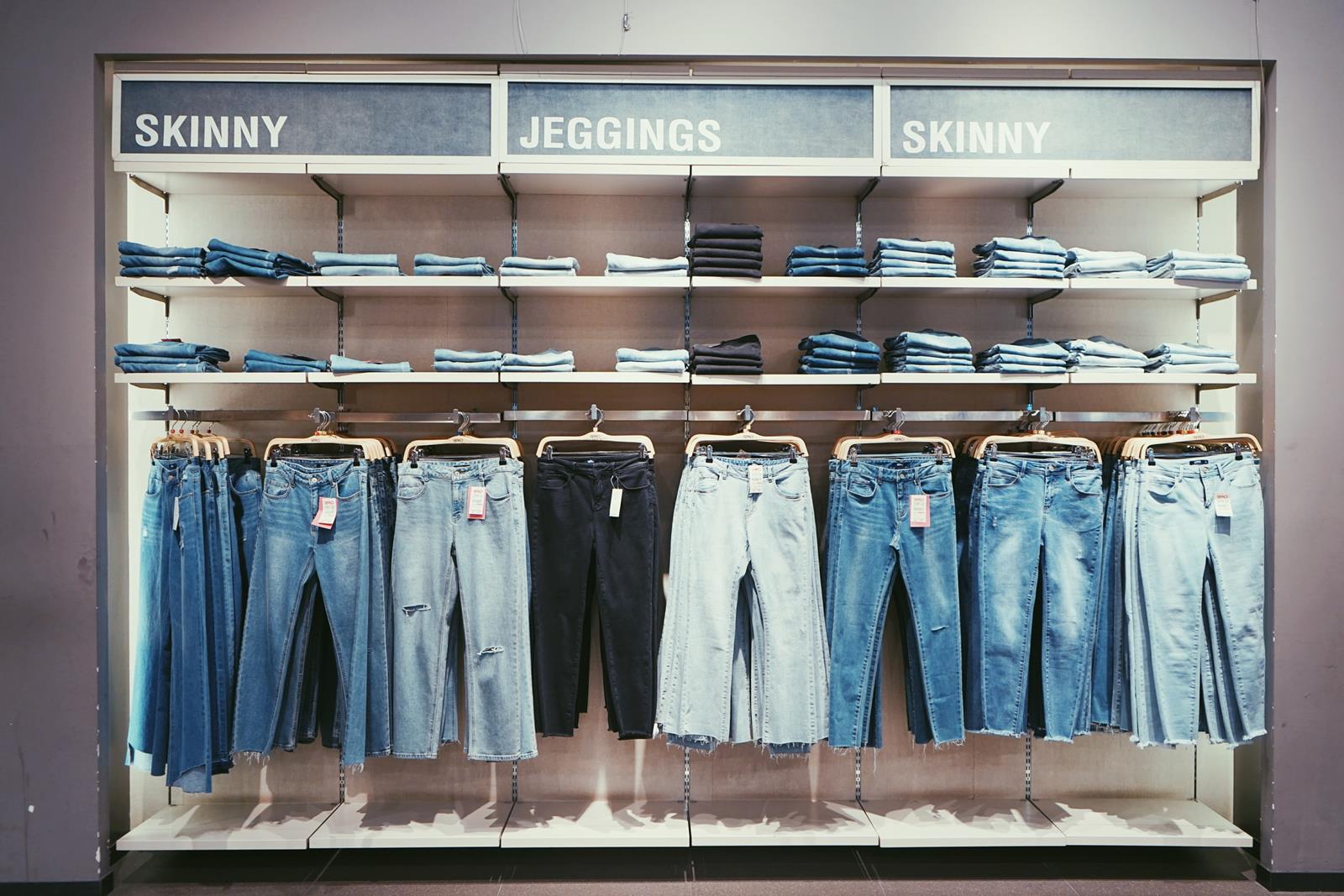A Quick Look At Clothing worn In America

American clothing is a vivid mirror of the cultural variety, social development, and active feeling of identity of the country. From colonial periods to contemporary streetwear, the clothing worn throughout the United States convey a complicated tale of tradition, invention, and self-expression. American fashion has never followed a single road; rather, it evolves and reinvents itself using inspirations from world cultures, subcultues, and changing society ideals. In the United States, what individuals wear expresses opinions, connections, goals, even political declarations, therefore beyond mere utility. America’s attitude to clothes is naturally complex and varied as a nation founded on migration and change. Examining the styles, attitudes, and periods that define American fashion helps one to understand how clothes functions as both a personal and a communal story in the always changing American experience.
Historical Foundations and Cultural Influence
American clothing history is closely entwined with the nation’s industry, settlement, and growth. With practical clothes produced from wool, linen, or cotton, colonial centuries saw dress patterns mostly match those of Western Europe. Though wealthy people typically imported designs from England or France, settlers wore basic, practical clothes. The American frontier’s need for more robust, practical clothing throughout time helped define distinctly American designs such denim pants, flannel shirts, and leather work boots—things that would later become classic mainstays of American wear.
Waves of immigrants brought with them many customs, fabrics, and tailoring techniques that enhanced the American fashion scene as the country developed. Through clothing, immigrant groups kept their cultural legacy by including Asian silk textiles, Eastern European needlework, and African-inspired designs. Often reemerging in current design via fusion pieces reflecting both legacy and new fashion, these inspirations merged with popular trends. American fashion has always been a synthesis, absorbing and modifying garment to fit its continuously shifting character.
The Rise of Casualwear and American Individualism
With the advent of casualwear in the 20th century, America’s worldwide impact on fashion became increasingly clear. Americans preferred a more laid-back, utilitarian approach to clothes that matched ideas of comfort, mobility, and freedom than conventional European rules that stressed formal attire. The popularity of denim jeans—originally workwear for miners and laborers—and the expansion of companies that gave practicality first priority—like Levi’s, Converse, and later, Nike—driven this change.
Graphic shirts, hoodies, and sneakers as regular wear clearly show how clothes became a statement of informality and uniqueness. Particularly from the 1960s on, young culture—through movements challenging authority and convention—was essential in mainstream casual attire. From counterculture tie-dye shirts to skatewear in the 1990s, American casual wear evolved as a statement of personal freedom. Today, casual clothing rules not just American wardrobes but also worldwide trends and keeps altering in response to shifting social dynamics and work-life limits.
Regional Style Differences and Social Identity
American clothing typically reflects regional traits that relate to local histories, values, and climates. Traditional American South fashion could call for seersucker suits, cowboy boots, and clothing referencing Southern history and agricultural life. With an eye toward invention and trendsetting, metropolitan hubs like New York and Los Angeles have long been fashion capitals influencing both high fashion and street style. Whereas the Pacific Northwest tends toward sustainability and outdoor-oriented design, the Midwest is well-known for its pragmatic and comfy trends.
Whether derived from career, subculture, or spiritual system, what Americans wear also reflects their social identities. Like punk, hip-hop, preppy, or athleisure, fashion may convey group allegiance or function as a kind of protest or unity. For gender identity, political attitude, or religious convictions, clothes starts to speak a language. Fashion in America reflects the conflict between collectivism and individual expression, thereby acting both as a uniting and differentiator. Social and regional aspects of clothing help to explain the great variety in style expression and perception seen all throughout the nation.
Media, Branding, and the Global Stage
Media and branding define public opinion and consumption habits, hence the American fashion business is closely related to them. Hollywood, TV, music, and social media have traditionally pushed style trends by raising certain styles to legendary status. Often confusing personal branding with business endorsement, celebrities, influencers, and athletes help define what’s trendy. By carefully marketing images of luxury, youth, or rebellion, brands like Ralph Lauren, Tommy Hilfiger, and Calvin Klein have come to represent the American fashion identity.
Social media channels have changed the way that fashion trends are shared and who may help to shape them. TikHub challenges, Instagram looks of the day, and YouTube hauls let consumers select and distribute their own fashion stories, therefore distorting power in the fashion industry. American fashion has also started to be a worldwide export, impacting design from Europe to Asia and encouraging international cooperative projects at the same time. American apparel keeps changing via media and branding, broadening its audience and reinventing what it means to be “in style” in a digital era.
Conclusion
American clothing reflects the history, variety, and changing social ideals of the country, therefore beyond mere fabric and purpose. From colonial pragmatism to global fashion impact, from immigrant customs to streetwear trends, the clothes worn throughout the United States reflect myriad tales of identity, desire, and invention. Regional styles and social cues enhance the fashion scene even more by providing place for both personal expression and community membership. American fashion scene keeps changing in the era of media and digital impact to fit new technology, political environments, and cultural dialogues. Still, fundamentally, American fashion is anchored in the ideas of uniqueness, independence, and reinventions. American fashion will always be a story of who its citizens are, where they have come from, and where they desire to go as the nation redefines itself.